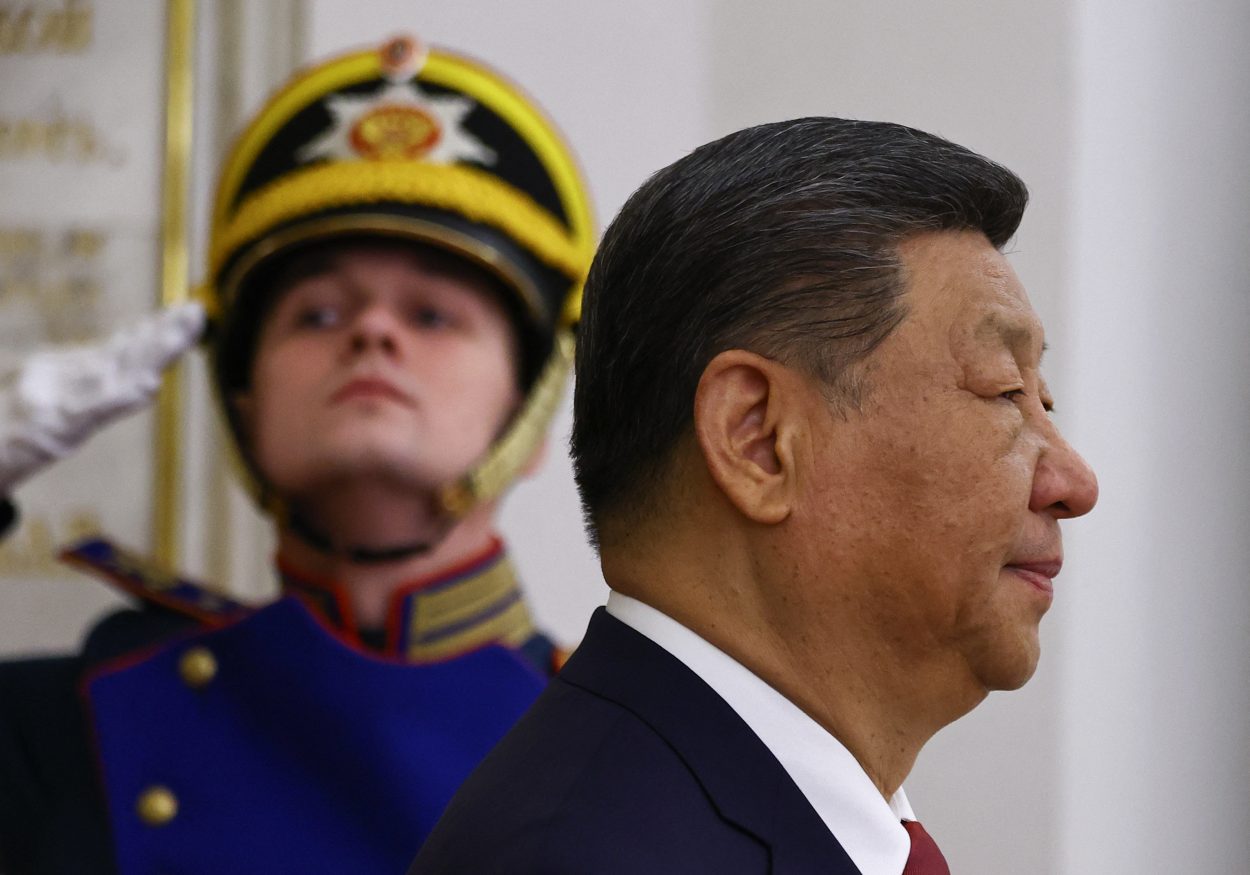China to Speed Up J-35A Fighter Deliveries to Pakistan: A Game Changer for Regional Air Dominance?

If reports are to be believed, China could fast-track the deliveries of J-35A stealth fighters to Pakistan. Pakistan’s Foreign Minister and Deputy Prime Minister Ishaq Dar reportedly finalized the logistics and financing details of the J-35 fighter jet deal during his recent visit to China immediately after Operation Sindoor.
However, whether China can indeed accelerate the production and delivery of an aircraft that has just commenced production remains uncertain. Initially, timelines for these deliveries indicated a wait until 2029.
Is this a tactic by the Pakistani military to placate a public demoralized by recent Indian military actions across the nation? As regional powers build their air capabilities, Pakistan’s acquisition of such aircraft raises pertinent questions that the Indian military community must answer.
Strengthening Air Dominance: China’s Geopolitical Maneuvers
The mention of fast-tracked deliveries has stirred the strategic pot in South Asia, particularly as India’s own fifth-generation fighter jet program, the Advanced Medium Combat Aircraft (AMCA), is expected to reach operational status around 2035. The introduction of the J-35A into Pakistan’s arsenal could significantly alter air dominance dynamics in the region.
- Reports suggest that Pakistan may obtain J-35A fighters at a substantial discount, potentially as a reward for showcasing Chinese aircraft during military operations.
- This deal could potentially threaten India from multiple fronts, intensifying the regional air arms race.
Amidst this backdrop, the Indian strategic community has begun advocating for the need for an interim fifth-generation fighter. With estimates showing that the Chinese military has already fielded around 300 J-20 stealth fighters, the urgency is palpable.
The Era of Fifth-Generation Fighters
What defines a fifth-generation fighter? Introduced with the Lockheed Martin/Boeing F-22 Raptor, these planes are designed for a network-centric combat environment, emphasizing low multi-spectral signatures and advanced avionics.
Key features include:
- Stealth Technology: Incorporates materials and design aspects that minimize radar cross-section and enhance survivability.
- Integrated Systems: These fighters boast advanced radars, sensors, and electronic systems that offer superior situational awareness.
- Speed and Agility: Equipped with supercruise capability, allowing them to operate at high speeds without afterburners.
China’s J-20, in service since early 2018, exemplifies the advancements seen in fifth-generation aircraft. In comparison, the Sukhoi Su-57 from Russia has also entered operational service, marking the growing capabilities present on the battlefield.
Broader Geopolitical Context: India’s Response
As tensions escalate, questions arise regarding India’s response options for a credible deterrent against both China and Pakistan. The strategic responses can be illustrated as follows:
| Response Strategies | Details |
|---|---|
| Acquire Interim Fifth-Generation Fighters | Potentially explore options for procuring F-35 or increase collaboration with Russia for Su-57. |
| Focus on Indigenous Development | Accelerate the AMCA program, emphasizing the need for technological advancements in stealth and electronic warfare. |
Looking Ahead: The Need for Strategic Clarity
With China poised to expand its stealth aircraft capabilities and the geopolitical landscape shifting rapidly, the Indian government must clear a path to enhance its military capabilities. This includes prioritizing funding and streamlining policies to boost indigenous aircraft manufacturing.
In the coming years, India must look carefully at its strategic partnerships, potentially exploring re-engagements with the U.S. for fighter jets or further technological collaborations. The air combat arena in South Asia is evolving, and India cannot afford to fall behind.
The stakes are high, with the future balance of power dependent on investment in cutting-edge military technology and smart strategic partnerships. As Operation Sindoor and its aftermath illustrate, the national defense narrative in South Asia is more critical than ever.
In the realm of international defense dynamics, swift and strategic action is essential. Only by reinforcing diplomatic, technological, and military initiatives can India maintain its position and ensure regional stability.





